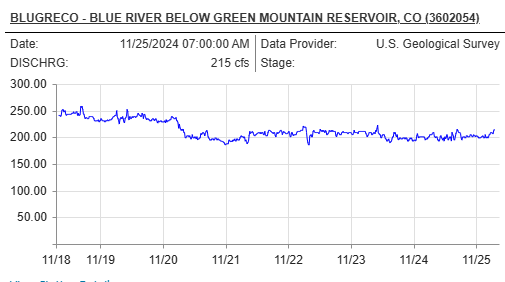Discover the top stimulator flies that will help you achieve success in trout fishing with this comprehensive guide.
Understanding Stimulator Flies
Stimulator flies are a type of fly used in trout fishing. They are designed to imitate various insects that trout feed on, such as stoneflies and caddisflies. These flies are typically tied with a buoyant and highly visible body, which helps them float on the water's surface. The wings and hackle of the fly create a realistic silhouette and movement, attracting trout to strike.
One important characteristic of stimulator flies is their ability to float well on the water. This makes them ideal for dry fly fishing, where the fly is presented on the water's surface rather than beneath it. Trout are known to feed on insects that fall onto the water, and using a stimulator fly can mimic this natural behavior, increasing your chances of a successful catch.
Stimulator flies come in a variety of sizes and colors, allowing you to match the specific insects that trout are feeding on. It's important to have a good understanding of the local insect life and the patterns trout are likely to be feeding on in order to choose the right stimulator fly for your fishing trip.

Choosing the Right Stimulator Flies for Trout Fishing
When it comes to trout fishing, selecting the right stimulator flies can make all the difference. It's important to take into account a few key factors when making your selection. One of the most important factors is matching the size and color of the fly to the insects that trout are feeding on in your area. This will help your fly look more natural and increase your chances of a strike.
To determine which size and color to use, pay close attention to the local hatch patterns. Try to match the flies you use as closely as possible to the insects that are prevalent in your area. This will help you imitate the natural feeding patterns of the trout and make your fly more attractive to them.
Aside from size and color, you'll also want to consider the buoyancy and visibility of the fly. Look for flies with high-floating foam bodies and prominent wings and hackles. These features will make the fly more visible to both you and the trout, increasing your chances of a strike.
It's also a good idea to have a variety of stimulator flies in your tackle box. This will allow you to adapt to changing conditions and match the hatch more effectively. Experiment with different sizes, colors, and patterns to see what works best in your local waters. With a little practice and patience, you'll be able to find the perfect stimulator fly for any fishing situation.

Techniques for Fishing with Stimulator Flies
Fishing with stimulator flies can be highly effective when done correctly. Here are some techniques to help you maximize your success:
- Dry Fly Fishing: As mentioned earlier, stimulator flies are ideal for dry fly fishing. Cast the fly onto the water's surface and let it float naturally with the current. Keep an eye out for any signs of trout rising or feeding on the surface, and try to present the fly in their feeding lanes.
- Dead Drift: To imitate a natural insect, it's important to achieve a dead drift presentation. This means allowing the fly to float freely with the current, without any drag or unnatural movement. Mend your line as needed to maintain a drag-free drift.
- Twitching: In some cases, trout may be more attracted to a slightly twitching or skating fly. After a dead drift, try giving the fly a subtle twitch or skittering motion to mimic a struggling insect. This can trigger aggressive strikes from trout.
- Sight Fishing: Stimulator flies are highly visible, making them great for sight fishing. Look for trout in clear water and cast the fly directly in front of them. Watch their reaction and be prepared for a quick strike.
.png?width=300&height=100&name=Copy%20of%20Rise%20Beyond%20Logo%2012.31.24%20(300%20x%20100%20px).png)
.png)
.png)
